Adam McKay’s The Big Short is based on a true story but features a few key inaccuracies. The critically acclaimed movie, which won the 2016 Academy Award for Best Adapted Screenplay, was based on the New York Times Bestselling book “The Big Short: Inside the Doomsday Machine” written by Michael Lewis. While the book is mostly considered an objective nonfiction account of the 2008 housing bubble and subsequent United States stock market crash, it places its focus on some but not all of the main players that were involved in the real-life financial crisis.
Of course with any Hollywood adaptation of real-life events, there are exaggerations, omissions, and other creative liberties taken by writers and directors in order to harness the narrative functions and overall themes of the movie while maintaining high-quality entertainment value. For example, one of the minor inaccuracies found in The BigShort is the scene in which two of the characters go down to Florida to investigate a neighborhood of homes with overdue mortgage payments. The alligator in the swimming pool was not based on a factual account, however, it was added for the sake of a quick laugh in the film. Here are eight more significant changes made to The Big Short that aren’t necessarily based on truth.
8 The Big Short Changes Several Main Characters’ Names
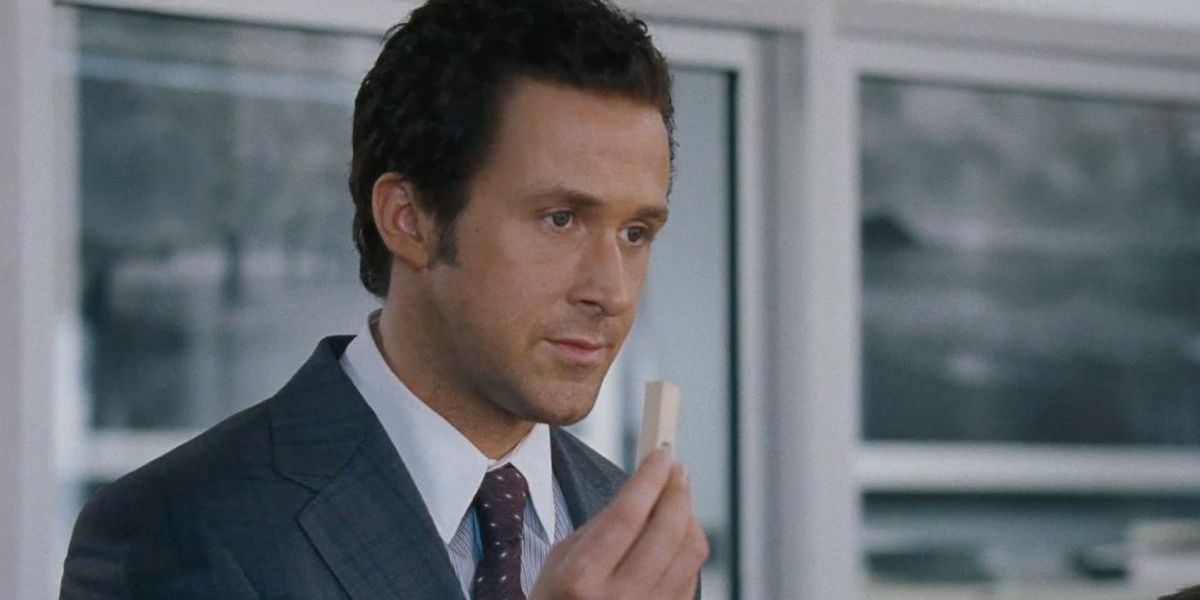
The most glaring difference between The Big Short true story and the movie is the altering of several main characters’ names. The only character whose real name is used in the film is Dr. Michael Burry (Christian Bale). The real-life person who inspired the character Mark Baum (Steve Carell) is Steve Eisman, Jared Vannett (Ryan Gosling) is inspired by the real-life Gregg Lippmann, and Ben Rickert (Brad Pitt) is inspired by the actual Ben Hockett. Although the names were changed, the likenesses, appearances, and personalities of the real-life people were maintained in their characters.
7 The Big Short Overplayed The Threat Of Morgan Stanley’s Downfall
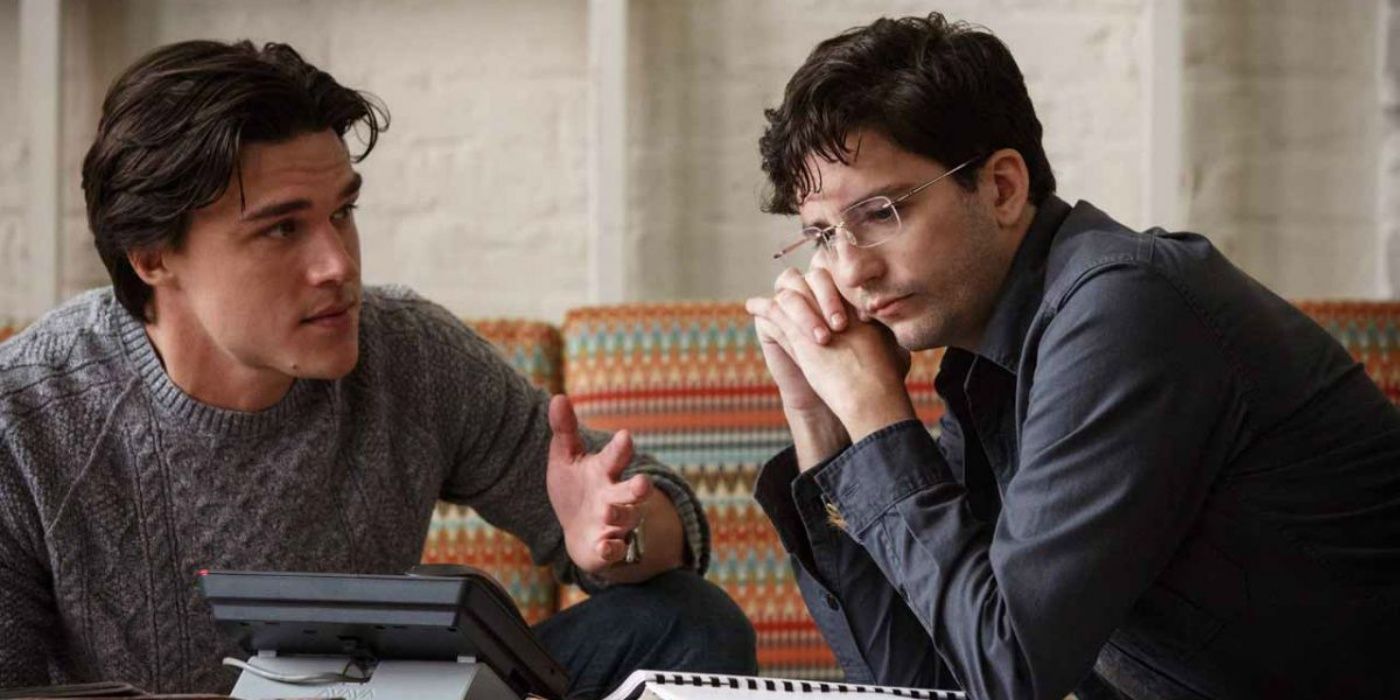
The Big Short emphasized the impending chance of Morgan Stanley collapsing in the movie in order to enhance the onscreen stakes and dramatic tension. According to Bustle, McKay overplayed the possibility of Morgan Stanley’s downfall as a threat to the characters for the sole purpose of heightening the narrative. In reality, Morgan Stanley was not as close to falling as the movie makes it out to be, making ultimately an empty and unfounded threat that takes a small grain of truth and makes it bigger for the sake of the film.
6 Mark Baum’s Major Personal Tragedy Didn’t Involve His Brother
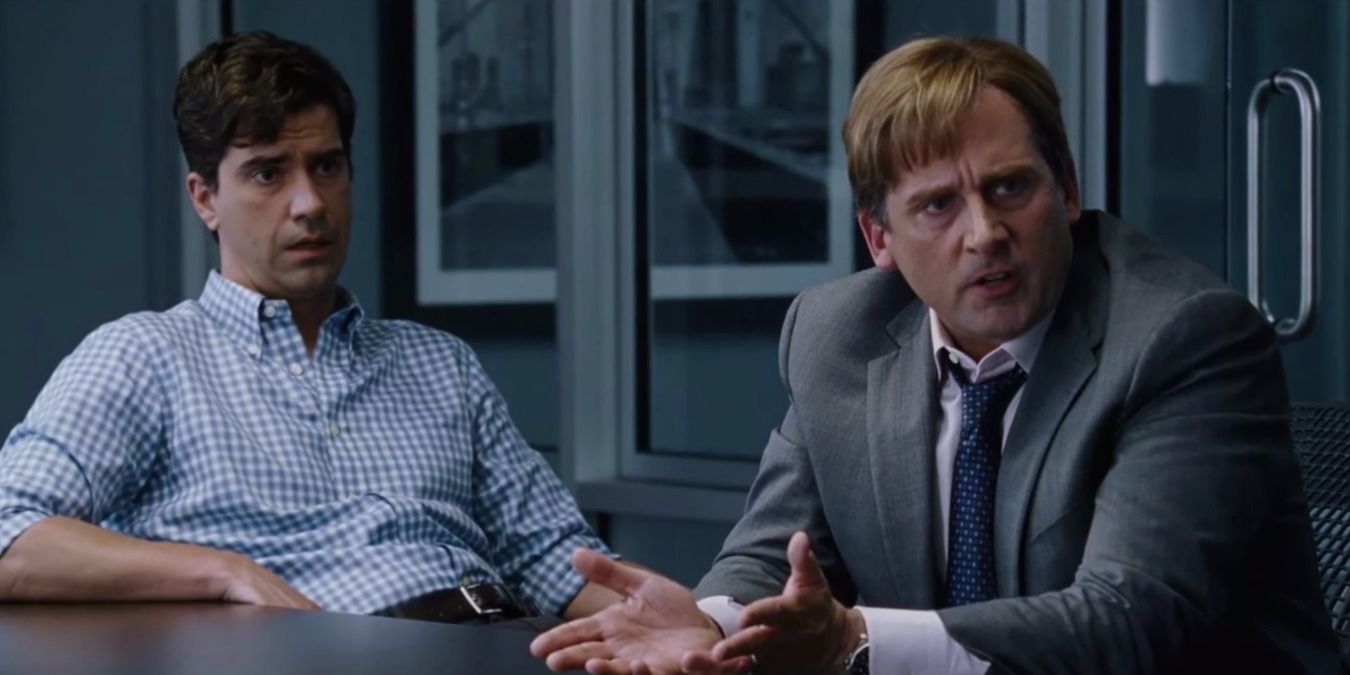
One of the few inaccuracies involving a main character has to do with the personal tragedy Mark Baum faces in the movie regarding his brother. In the film, hedge fund manager Mark Baum is devastated by a family tragedy in the middle of the impending financial crisis, which turns out to be the death of his brother by suicide. The real-life Steve Eisman did face a similar tragedy, however, it involved the death of his infant son, Max. Upon the Eisman family’s request, McKay changed the circumstances of Baum’s onscreen tragedy, which is actually more tragic than the fictional one depicted in the movie.
5 The Big Short Hardly Mentions Lehman Brothers’ Collapse
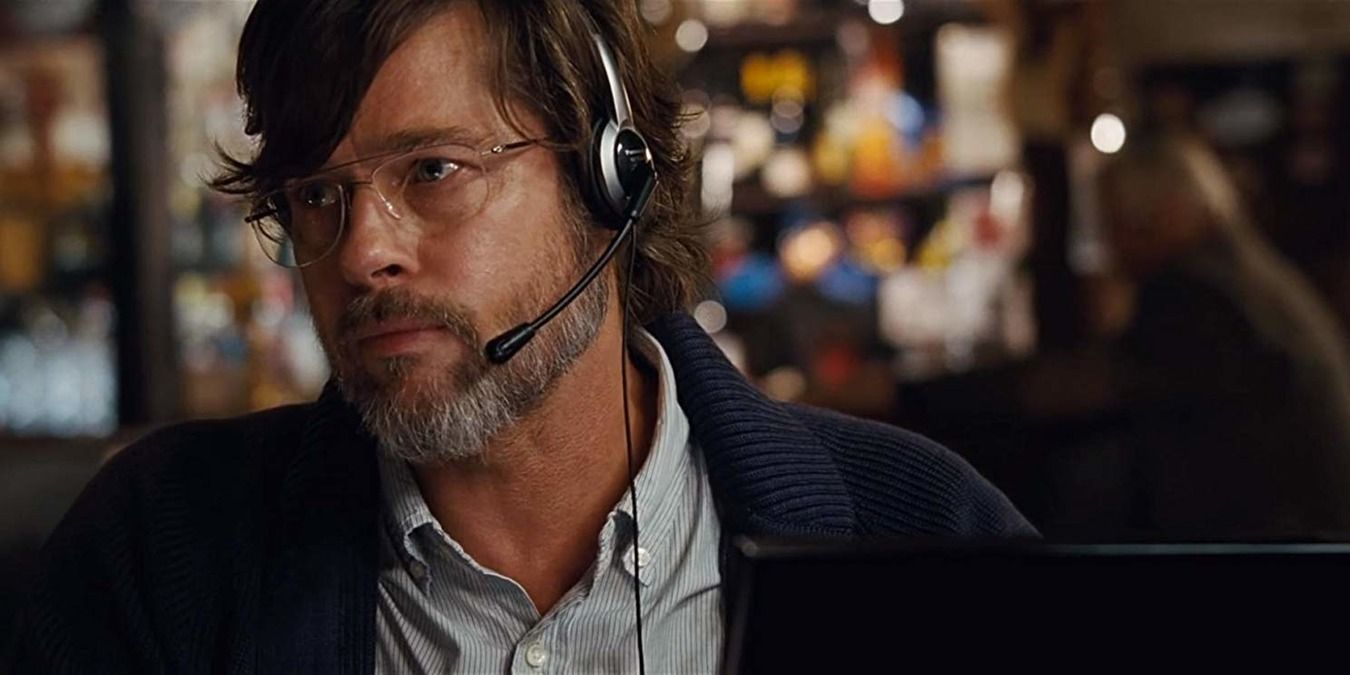
A handful of changes and creative liberties that The Big Short takes are more like omissions than they are factual inaccuracies or exaggerations. One example of this is the apparent lack of mentioning the outcome of the Lehman Brothers in the movie, which was a significant aspect of the true story. Lehman Brothers was a massive brokerage firm that declared bankruptcy as a result of the subprime mortgage crisis after the failures of two Bear Sterns hedge funds. The entire story of the Lehman Brothers’ plight would likely have taken the film too far off course and would have ended up confusing casual viewers by trying to give too broad of an analysis.
4 The Big Short Overlooks Alleged Corruption Of Fannie Mae & Freddie Mac
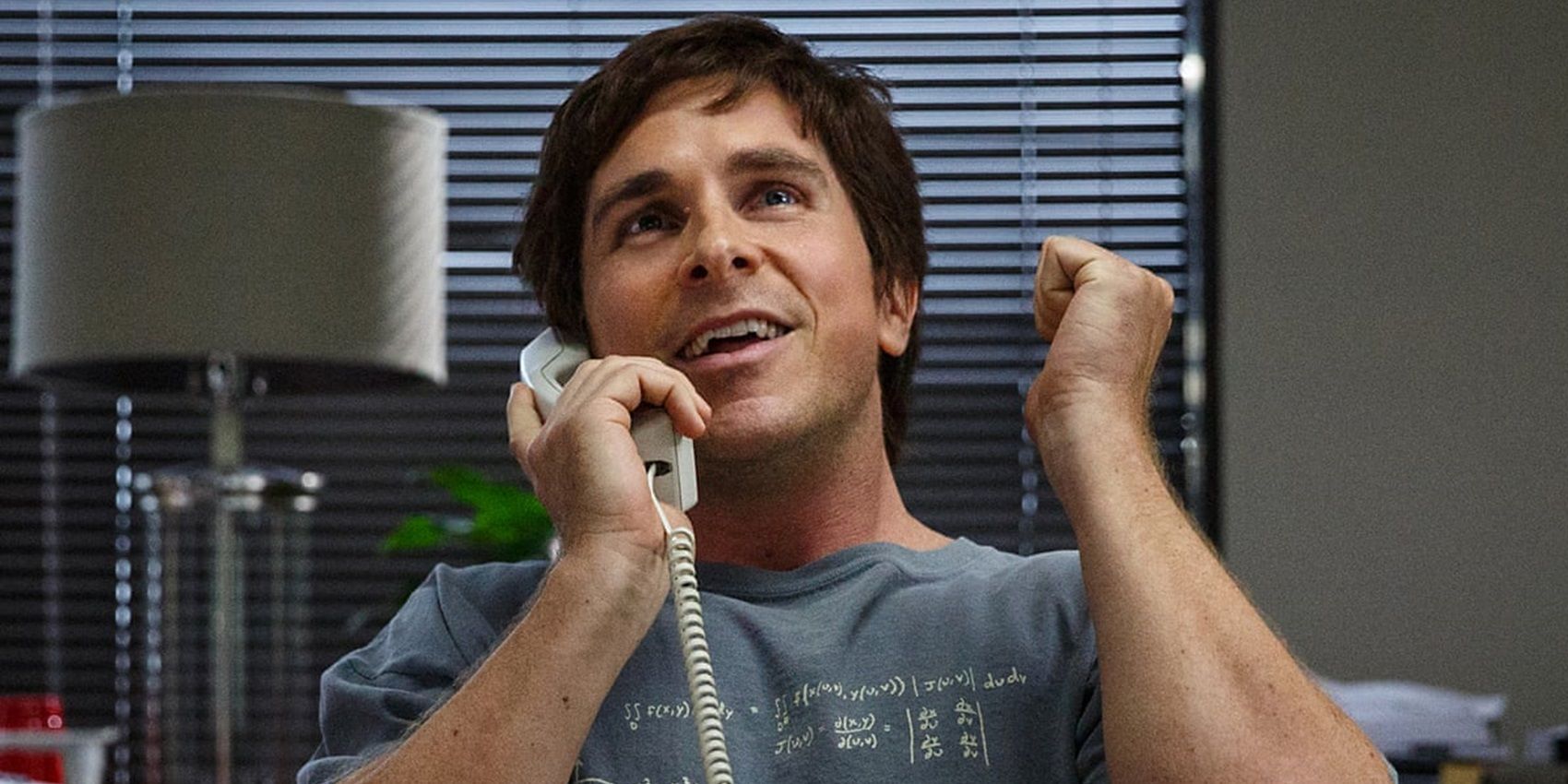
Another practical omission from the true story behind The Big Short is the allegations of corruption against Freddie Mac and Fannie Mae, two of the highest-funded federal mortgage institutions in the United States. Both Freddie Mac and Freddie Mae were subjected to scrutiny by the SEC in 2011 because their executives made significantly misleading statements about their subprime exposure and created high-risk investments without proper disclosure. This was directly tied to the development that the executives were paid in direct correlation to the overall earning growth, creating an avenue for corruption.
3 The Big Short’s Main Characters Weren’t The Only Ones Who Predicted A Crash
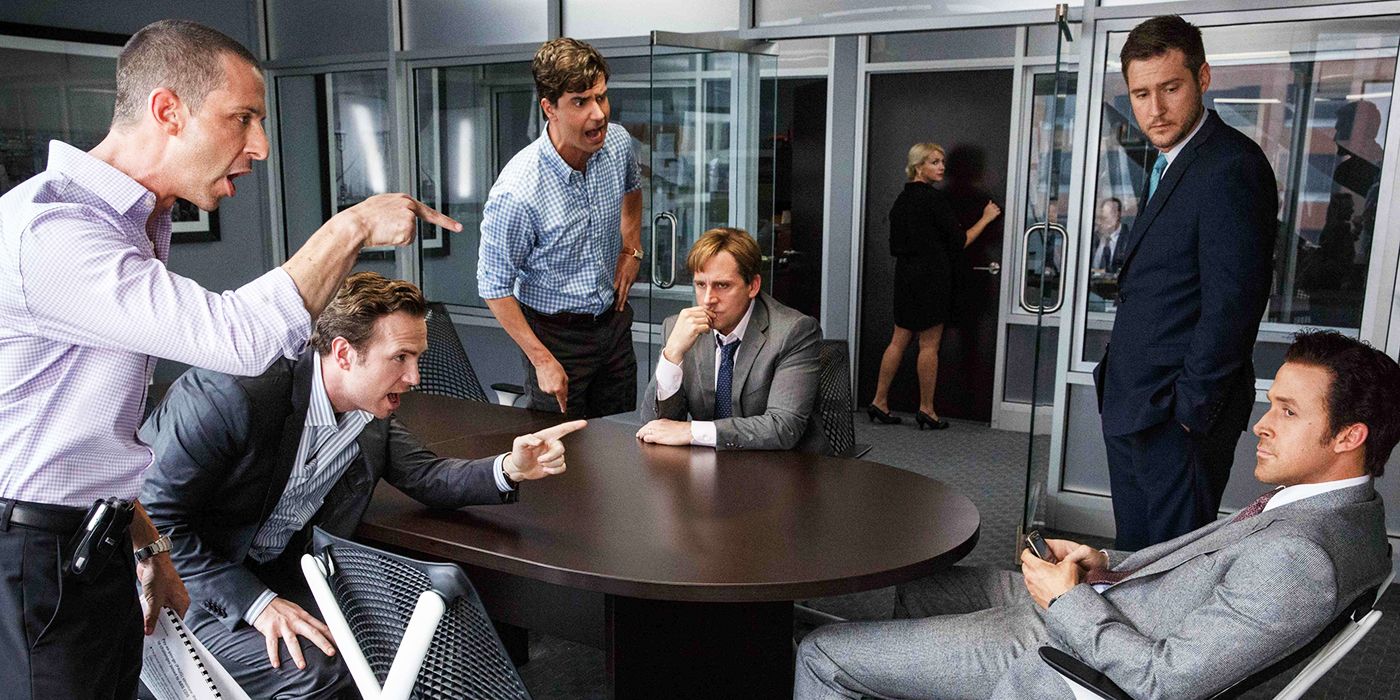
According to the New York Times and economist Paul Krugman, the characters depicted in The Big Short were certainly not alone in reading the writing on the Wall Street about an imminent market crash. Krugman writes, “The group of people who recognized that we were experiencing the mother of all housing bubbles, and that this posed big dangers to the real economy, was bigger than the film might lead you to believe. It even included a few (cough) mainstream economists.” While key players in The Big Short are accurately involved in predicting the market crash, experts suggest they were not alone.
2 The Big Short Claims Criminality Over Stupidity, When It May Be The Opposite
.jpg)
Wall Street Journal Chief Economics Commentator Greg Ip suggests that while The Big Short focuses on malice and criminality as motivations for the 2008 financial crisis, the real reason might be due to mass ignorance. McKay’s essential thesis with The Big Short points the finger at the corruption of Wall Street and the big banks with their “Too Big To Fail” attitudes, however, McKay’s assessment might be overly critical and simplified in the matter of who or what exactly is to blame. Ip contends that plain old stupidity is likely the more responsible culprit, disagreeing that the issue was primarily a moral one as The Big Short suggests.
1 The Big Short’s Ending Omits New Policies & Protections After Crash
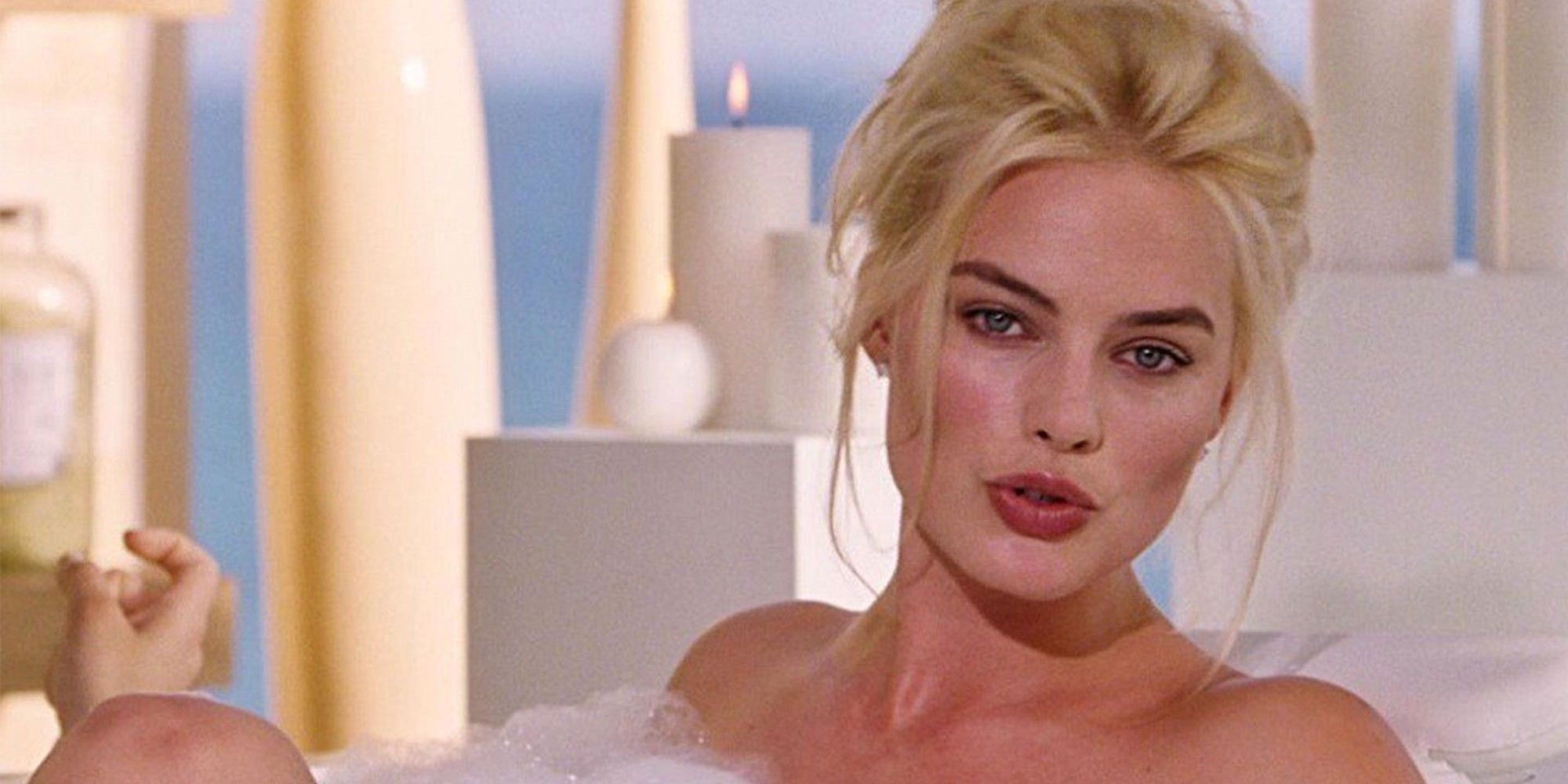
The most misleading omission from the true story behind The Big Short arrives at the film’s ending, which is centered on the notion that little has changed in terms of policy and procedure in the wake of the 2008 financial crisis. In reality, there have been significant procedural changes that have essentially prevented this situation from happening again, including the implementation of the Dodd-Frank Act and the creation of the Consumer Financial Protection Bureau. According to Brookings, leading experts believe that there have been improvements to the financial industry and there are still risks of corruption in various forms. However, they contend that several new vital policies in place will prevent a similar crisis to the one portrayed in The Big Short.




